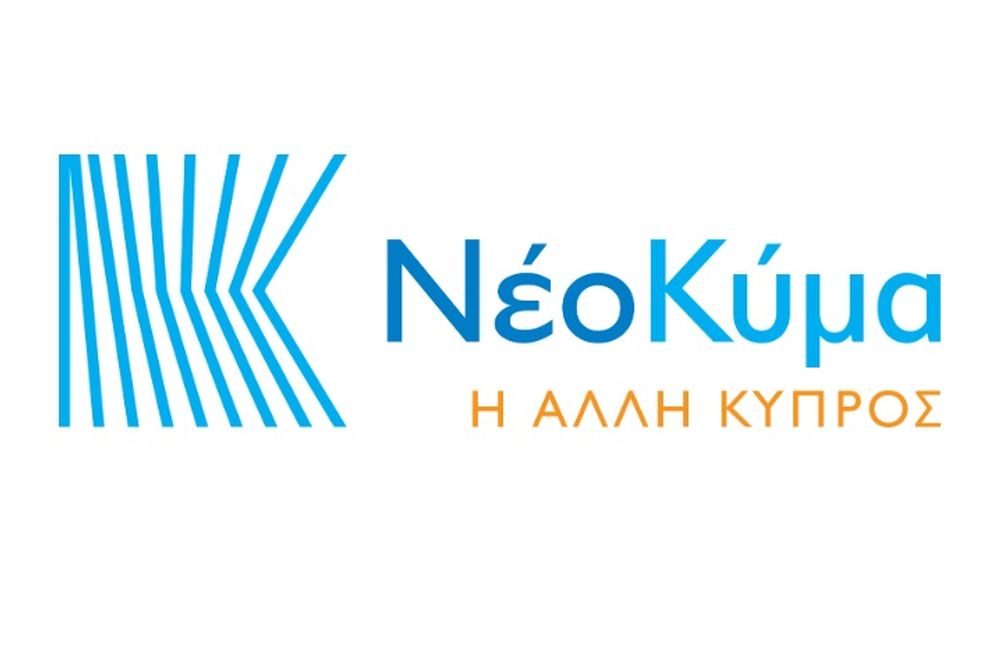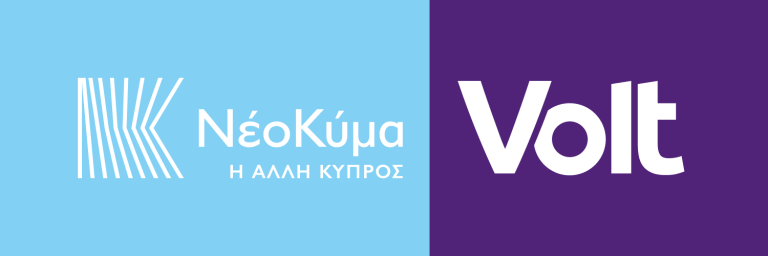
Covid-19 unleashed the winds of Aeolus to trigger severe economic, financial, political, and geopolitical disturbances unlike anything since the 2008 crisis. Coronavirus related market and societal shifts have caused substantial uncertainties that need to be navigated – and seized as an opportunity to grow and change:
1. Supply chains will merge into resilient ecosystems.
2. Business to Consumer e-commerce (especially door-to-door models).
3. Business to Business e-commerce.
4. Remote meeting services and remote working.
5. Adapting employees’ skills and roles for the ‘distance economy’.
6. Digital – Smart governments will become mainstream.
7. Online education.
8. Social media has taken on new increased importance.
9. Response to misinformation and fake news.
10. Hygiene products.
11. Health insurance.
12. A transformation in health care delivery; Tele-medicine.
13. Permanence of customer behavior changes (e.g. consumers migrating online).
14. Downturns can be great times to introduce simple and affordable solutions that connect with consumers who have tighter purse strings or are naturally frugal given continued uncertainty.
15. Expectations for physical, emotional, financial and digital safety.
16. Artificial Intelligence and Augmented Reality applications in marketing; bring an in-store feel to the digital experience e.g. virtual shopping assistance, product testing etc.
17. Better Intelligence, Big Data Analytics.
18. Develop a mechanism to monitor, test, learn and adjust. The only way to work through uncertainty is to embrace a continual process of learning. In the book Superforecasting, Philip Tetlock and Dan Gardner showed that people who showed a statistically superior ability to predict the seemingly unpredictable regularly updated their forecasts as new data and insights emerged.
19. Resilience is essential. The lack of planning and preparation for the outbreak of the coronavirus pandemic has demonstrated the importance of resilience: the ability for human systems to anticipate, cope, and adapt. Resilience is also critical to how the world responds to climate change.
20. New lending: Green finance. Stimulus must be sustainable. Governments around the world are racing to implement economic stimulus and support packages to keep individuals, businesses, and economies afloat. We must ensure that these measures pave the way to a more sustainable economy and do not lock us further into a high-carbon future. Periods of high unemployment and low interest rates are the right time for new low-carbon investments and infrastructure, including the kind required to support the transition to clean energy.
21. Inequality is magnified. The Covid-19 pandemic magnifies the impact of inequality, hitting the poor the hardest. The G7 and G20 must help developed countries to finance the flattening of the pandemic curve. Longer term, we must redouble efforts to foster sustainable economic systems including fair trade and investment.
We are not living in a linear, Newtonian world where actions cause predictable reactions. We are part of a complex system of environmental, socio-political and economic systems that we are constantly reconfiguring and that is constantly affecting us. In such a world, a small change can be transmitted and amplified by the interconnectedness of the system to have enormous consequences, far beyond the time, place, and scale of the initial perturbation. Growing complexity and interdependence has made various systems (economic, public health, cyber, etc.) susceptible to widespread, irreversible, and cascading failure. We need a new multidimensional, multidisciplinary, multiscale approach to tackle grand challenges.
This is the Age of the Black Swan – a rapidly changing and highly nonlinear ecosystem characterized by fluidity, uncertainty, randomness, chaos, variability, complexity, turmoil, volatility, disorder, stressors, interdependencies, hidden asymmetries, explosive crises, catastrophic risks, fierce competition and winner-takes-all effects.
According to statistician and former risk analyst Nassim Taleb a black swan is a rare, unpredictable event that has a major effect (large magnitude and consequence). A black swan carries an extreme impact (positive asymmetries or negative asymmetries). Low-probability, high-impact events that are almost impossible to forecast –black swan events– are increasingly dominating the environment. Complexity not only increases the incidence of black swan events but also makes forecasting even ordinary events impossible. Complexity plus asymmetry leads to explosive errors. Instead of trying to anticipate low-probability, high-impact events, we should reduce our vulnerability to them and lessen the impact.
What is more future-fit than a business which is resilient to shocks? One that goes beyond resilience; one that is ‘antifragile’. Taleb defines Antifragility as a dual strategy for exploiting positive asymmetries (opportunities) and avoiding negative asymmetries (dangers). Fragile things break under volatility, while things that are “antifragile” get better and better. Rather than simply being resilient by withstanding external shocks, antifragile businesses thrive under volatility. Given the rapid social and ecological changes happening around us –coronavirus pandemic, climate change, economic crisis and digital disruption– it is critical for organizations to go beyond innovation resilience and cultivate Antifragility.
The new dynamic Innovation Model described very briefly in the present article:
1. Constitutes the first tool –on a global basis– that embeds Antifragility property in the innovation process. This pioneering method designs a new innovation in a way that it allows it to exploit positive asymmetries (opportunities) and avoid negative asymmetries (dangers). A new innovation should be capable of modifying its exposure accordingly in order to avoid negative black swans (dangers) and exploit positive black swans (opportunities). Exposure modification can be achieved through a number of strategic tools and creative techniques including: Differentiated branding, Evolvability, Diversification, Network effects, Modularity, Convexity, Optionality, Simplicity, Frugal innovation, Standardization, Systemic resilience etc.
2. Achieves optimal configuration of critical factors, features, attributes, distinctive capabilities and insights from the four basic types of innovation: product, process, organizational and marketing. This interactive process creates novel connections, multiple perspectives and diverse combinatorial possibilities. By overseeing the nature of the interconnections, we can zoom into the interface, focus on different aspects, iterate through all possibilities, discern alternatives and maximize the probability of delivering breakthrough / disruptive innovations that can achieve exponential multiplicative results and benefits.
3. Enhances innovation capability in public sector organizations, business and the military.
4. Maximizes the scientific, economic and social impact of innovation.
5. Fosters competitiveness, fast growth and job creation; can accelerate recovery form the coronavirus-induced recession.
6. Can help International Organizations, government and business develop more effective policies and measures to tackle asymmetric, non-linear economic, social or environmental threats and pandemics.
This flexible cross-cutting tool can becharacterizedas the «Swiss Army Knife for Innovation» since it can be applied in practically all domains and at all levels, scales and sizes: Startups, Large Corporations, Use-inspired Basic Research, Public Sector and Local Government, Health Practices and Products, Social Innovation and Social Entrepreneurship, Smart Communities, Standardization, Quality Management, Hotel and Tourism Industry, Education, Gaming, FinTech and RegTech, Crisis Management, Cyber Security, Economic Diplomacy, Nation Branding, Smart Defence, Circular Economy, Cultural Heritage and the new Program for Research and Innovation Horizon Europe 2021–2027.
The new Innovation Paradigm is presented analytically in a practical 180-page Innovation Toolkit I have prepared – the blueprint for creating innovations under conditions of extreme uncertainty.
*Nicos G. Sykas
Strategy, Communications & Innovation Consultant


